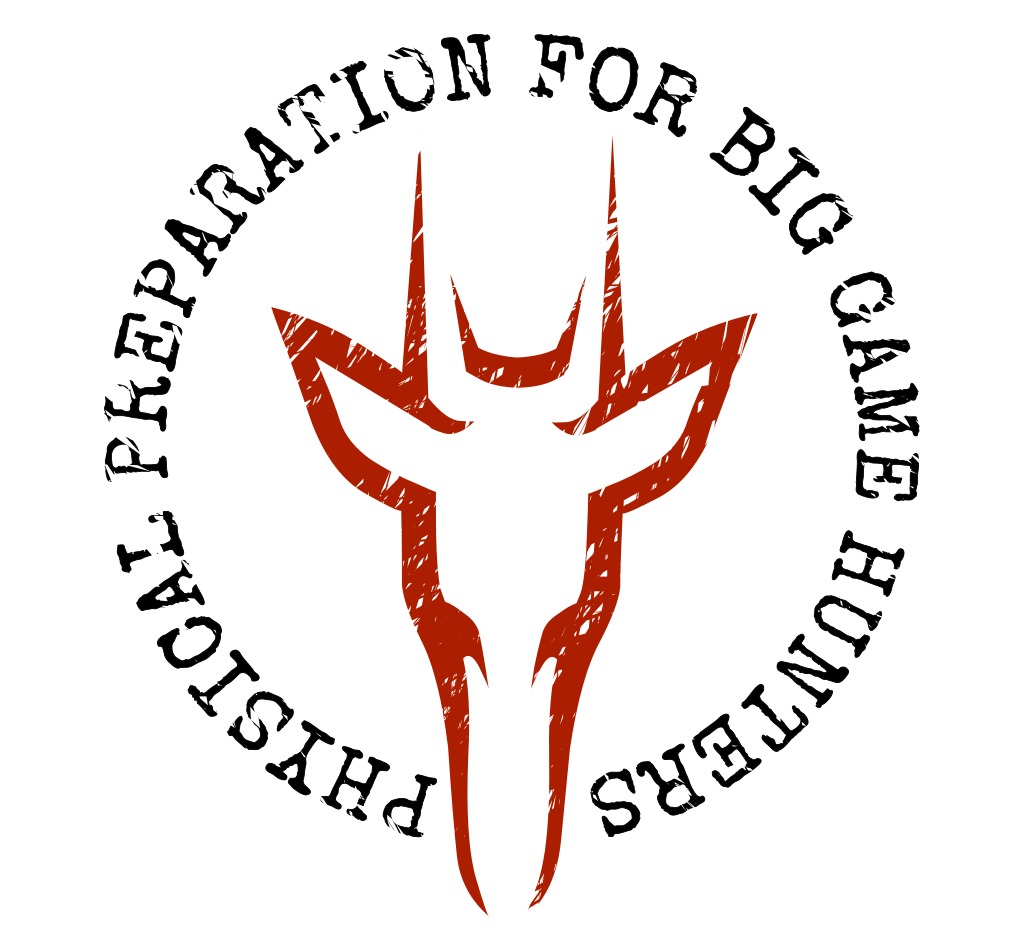Two of the biggest complaints long-time hunters have about their physical abilities in the field are nagging, continuous knee pain and chronic low-back pain. There’s a multitude of causes for these including: poor glute activation–which tends to cause an overreliance on the lower back as a means of stabilizing the trunk, packs that are too heavy for an underprepared back, but the most overlooked issue stems from something further down the kinetic chain–the ankle.
Heavy pack boots worn for miles at a time creates weak ankles and have a direct impact on the knee and lower back through something called the joint-by-joint theory. In short, and as it relates to our quest for a better hunt, the joint-by-joint theory here refers to the ankles’ inability to compensate and absorb shock through each step a hunter takes, placing progressively more stress on structures up the kinetic chain (like the lumbar spine and the knees).
In all, I’m a fan of heavy boots when implemented strategically; the key is to minimize time in these boots outside of time spent in the field.
At Ruthless Performance we regularly implement a handful of modalities to maximize foot strength and keep hunters (and the rest of our athletes) healthy from the ground-up. These modalities include unilateral exercises, contralateral exercises, blinded movements, barefoot exercises, myofascial release of the plantar fascia, and more.
But one of the simplest ways to improve foot strength is to slowly (VERY SLOWLY) incorporate minimalist footwear into your daily routine. I rarely advocate for minimalist footwear in the field, as large boots have some clear advantages, but swapping out boots for the something with a very small heel-to-toe drop (a less prominent lean from the heel of the shoe down to the toe box) during routine errands, workouts, or as office wear can have tremendous upside for health and biomechanical longevity.
As you adapt to higher frequency boot usage, the heel cord begins to shorten. This can pose a problem for individuals returning to minimalist footwear as it can lead to injuries. The key is to work minimalist footwear into your day-to-day use over a handful of weeks. An easy way to integrate minimalist shoes are as follows:
- First 3-weeks: only household wear
- Next 6-weeks: wear during errands and office work
- Following 3-weeks: light physical activity (progressively longer walks)
- After 12 weeks: integration into physical activity as determined by self-feedback, trial-and-error, and comfort
There’s a handful of choices out there for minimalist footwear. As these become more accepted and understood, choices in the marketplace are growing. These are some that I have experience with and have no problem advocating for…
Vibrams FiveFingers
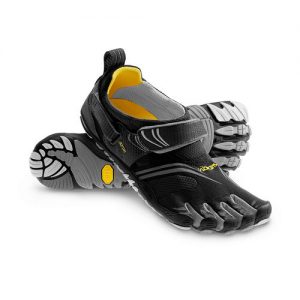 Undoubtedly these might be the ugliest things to ever grace your feet. I have these shoes, but wouldn’t dare wearing them publicly because of their horrendous style. I do however wear these regularly when kayaking or warm-water wading and fishing.
Undoubtedly these might be the ugliest things to ever grace your feet. I have these shoes, but wouldn’t dare wearing them publicly because of their horrendous style. I do however wear these regularly when kayaking or warm-water wading and fishing.
The fact that they allow the toes to operate and move independently is definitely positive for foot strength and kinematics. These are concurrently a relatively cheap option but also one of the most advanced options in minimalist footwear.
New Balance Minimus Trail Runner
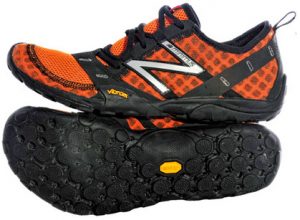 I have mixed results with the New Balance line of minimalist shoes. In order to be ultralight shoes, some iterations may give in on quality, but the trail runners seem to be a safe pick. I’ve had my trail runners for 8 years, and though I don’t wear them all that frequently anymore, they have held up extraordinarily well under some very rigorous testing.
I have mixed results with the New Balance line of minimalist shoes. In order to be ultralight shoes, some iterations may give in on quality, but the trail runners seem to be a safe pick. I’ve had my trail runners for 8 years, and though I don’t wear them all that frequently anymore, they have held up extraordinarily well under some very rigorous testing.
Be warned if you look into some other Minimus models that don’t have the durability of the trail runners; you may wear through them sooner than you bargained for.
Merrell Trail Glove
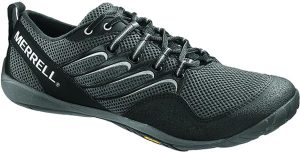
The Merrell Trail Glove series have been my go-to and a brand that I’ve recommended a fair bit as of late. These hold up well, are reasonably priced, and aren’t terribly ugly.
These run into the same trap as the Minimus line, however. Make sure you’re getting a pair with the durability of the trail line series as opposed to some of the VaporGlove series which seem to be a lighter material, but I can’t speak to those or their quality.
Vivobarefoot
 These have been at the forefront of my attention as of late. Some of these can be rather stylish, with dressier options, as well as having boot options. Though I do not have direct experience (yet) with the boots, this may be a happy-medium in terms of less of a heel-to-toe drop, but may carry some of the benefits of a higher, sturdier boot.
These have been at the forefront of my attention as of late. Some of these can be rather stylish, with dressier options, as well as having boot options. Though I do not have direct experience (yet) with the boots, this may be a happy-medium in terms of less of a heel-to-toe drop, but may carry some of the benefits of a higher, sturdier boot.
The price tag on these may have you looking at some of the aforementioned options.
Chuck Taylor All-Stars
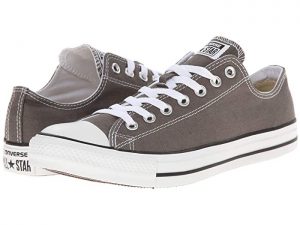 It takes a certain type of person to wear Chuck Taylor’s, but these are my standard workout shoe. I regularly wear high-tops in the gym during the majority of my strength training work, but low-tops may be a better shoe for ankle health as the low-tops provide a greater range-of-motion.
It takes a certain type of person to wear Chuck Taylor’s, but these are my standard workout shoe. I regularly wear high-tops in the gym during the majority of my strength training work, but low-tops may be a better shoe for ankle health as the low-tops provide a greater range-of-motion.
These are highly affordable and there are endless versions of these on the market to suit your tastes. The heavy rubber sole may be an issue for someone looking for a lighter-weight shoe, but overall they provide a great deal of freedom at the ankle and do not have any noticeable heel-to-toe drop. At Ruthless Performance, Chuck Taylor’s are usually discussed as our ideal training shoe with most of our populations. We would never encourage wearing Chuck Taylors for running (at any distance) because of their weight, and the rubber welt can slowly crack under prolonged duress.
Consider adding in any of these to help your ankles help you. As the ankle atrophies (weakens) in the confines of heavier boots, your gait will suffer, as will your knees and back. As a hunter, strong ankles also provide greater ability to absorb force on each step in the field, allowing for less impact which leads to quieter steps, and a greater likelihood of a successful hunt.


